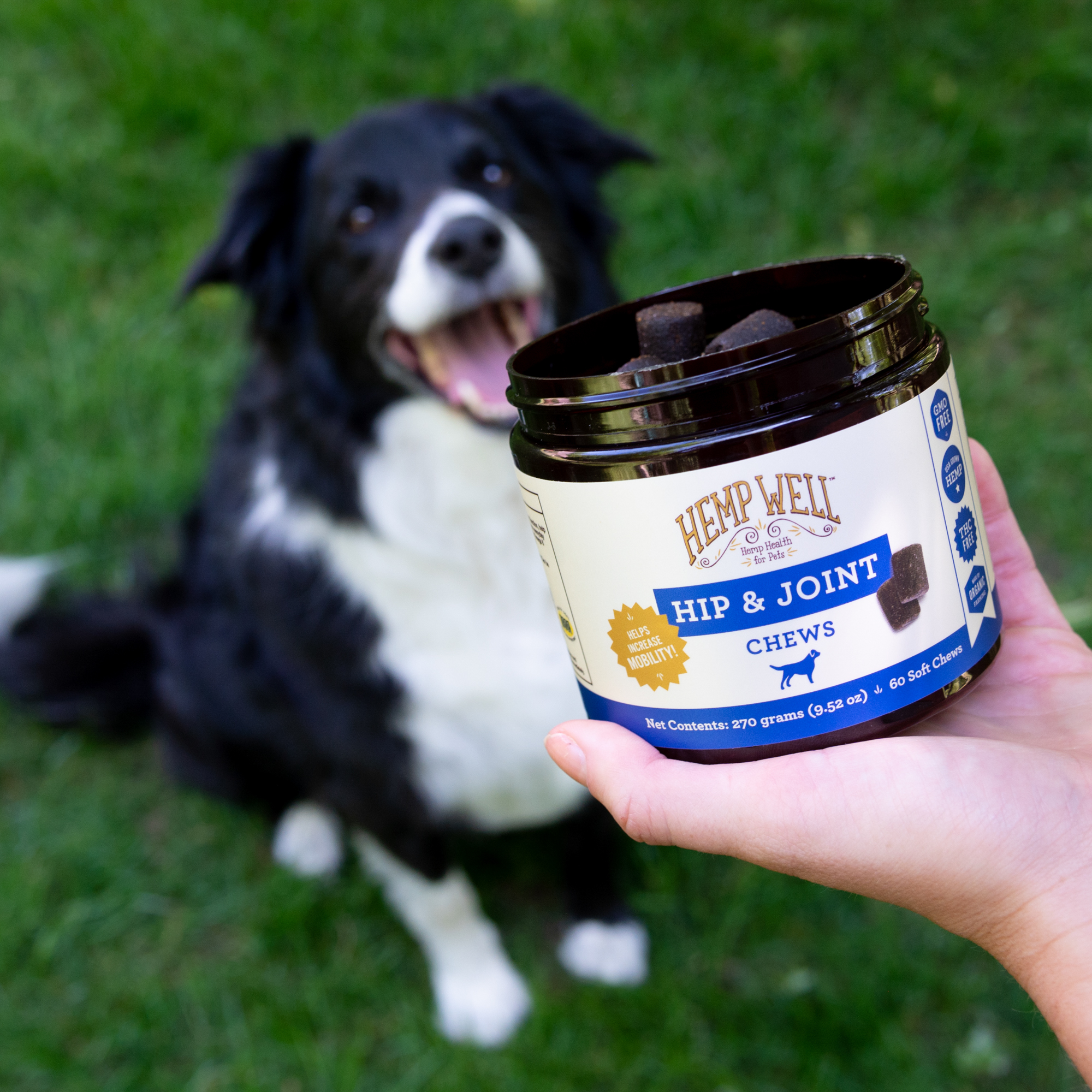How to Naturally Activate Your Dog’s Cannabinoid Receptors
The endocannabinoid system (ECS) is a fascinating network that helps regulate mood, sleep, appetite, immune response, and overall balance in both humans and animals. Cannabinoid receptors (CB1 and CB2) are the “locks” that endocannabinoids — your dog’s natural signaling molecules — fit into, helping maintain homeostasis. While CBD is one way to interact with the ECS, there are natural, drug-free methods to stimulate your dog’s cannabinoid receptors and promote everyday wellness.
1. Exercise & Play
Physical activity triggers the release of endocannabinoids that bind to receptors and promote relaxation and balance. Daily walks, fetch, nose work, agility, or hikes can all help keep your dog’s ECS engaged.
2. Balanced Diet with Omega-3s
Omega-3 fatty acids (found in salmon, sardines, chia, and hemp seed oil) are building blocks for endocannabinoids. Adding omega-rich foods or supplements can help keep receptor signaling responsive.
3. Safe Herbal Supplements
Herbs like echinacea and turmeric contain compounds that may interact indirectly with ECS pathways. Always consult your veterinarian before adding supplements to ensure they’re appropriate for your dog’s age, size, and health status.
4. Stress Reduction
Chronic stress can dysregulate the ECS. Create predictable routines, provide enrichment (puzzle feeders, sniff walks), and use positive reinforcement training. Some owners also use natural calming aids such as Hemp Well Calm Dog Soft Chews to support relaxation during known stressors (travel, visitors, storms).
5. Massage & Acupressure
Gentle massage and acupressure can lower arousal and promote calm — indirectly supporting the ECS by easing tension. Learn basic techniques from a certified practitioner or your veterinarian.
6. Quality Sleep
Rest is when regulation happens. Offer a quiet, comfortable sleeping area and a consistent bedtime. Adequate sleep supports hormone balance, immune health, and endocannabinoid signaling.
Take a Holistic Approach
Supporting your dog’s cannabinoid receptors naturally isn’t about a single fix — it’s about building daily habits that promote balance. Through regular exercise, omega-rich nutrition, low-stress routines, soothing touch, and solid sleep, you can help keep your dog’s ECS functioning at its best. Always consult your veterinarian before significant changes to diet, supplements, or activity.
FAQs: Cannabinoid Receptors & the Canine ECS
What are cannabinoid receptors in dogs?
Cannabinoid receptors (primarily CB1 and CB2) are part of the endocannabinoid system. They help regulate mood, appetite, sleep, immune response, and more by responding to endocannabinoids your dog produces naturally.
Can I support my dog’s ECS without CBD?
Yes. Exercise, omega-3–rich nutrition (e.g., hemp seed oil), stress reduction, massage, and quality sleep are all natural, drug-free ways to support endocannabinoid signaling.
Is hemp seed oil the same as CBD oil?
No. Hemp seed oil is pressed from seeds and naturally contains omega fatty acids but negligible cannabinoids. CBD oil is extracted from aerial parts (flowers/leaves). Both can be part of wellness routines, but they are different products.
Are herbal supplements safe for activating the ECS?
Some botanicals (like echinacea or turmeric) may influence ECS pathways indirectly. Always consult your veterinarian before use, especially if your dog takes medications or has health conditions.
When should I talk to my veterinarian?
Before introducing supplements, changing diets, or if your dog shows unusual behavior, lethargy, GI upset, or persistent stress. Your vet can personalize guidance for age, breed, and medical history.









